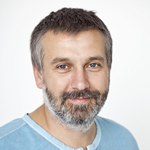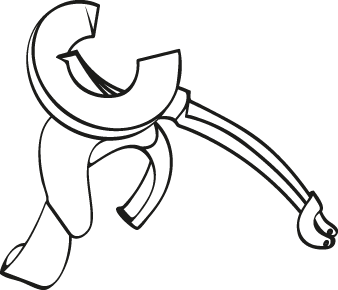|
Contests
• 2013 – The monumental public sculpture competition for the development of artistic – sculptural for the future the Levante Park in Murcia City, Art Center – Palace Almudi, Murcia (Spain)- Selected project.
• 2011 – 8th International Symposium of Sculpture, Masseret (France) – Finalist of competition.
• 2011 – Crossroads of Freedom 2011-Spatial Forms Festival, Gdansk (Poland) – Special Guest.
• 2010 – 3rd International Award of Sculpture- Caja de Extramadura, Plasencia (Spain) – Selected project.
• 2010 – 7th International Symposium of Sculpture, Salon-la-Tour (France) – Finalist of competition; 2007 – Twenty Selected Projects for the European Monumental Sculpture Contest 2006, Art is Steel, organised by Arcelor Mittal, Champagne Veuve Clicquot in Reims (France) – Finalist of competition.
• 2007 – Ube Biennale’07, 22nd Edition International Open Sculpture Competition, Open-air Museum, Tokiwa Park, Ube (Japan) -Winning of Grand Prix of the competition.
• 2006 – International Sculpture Competition at the Center for Inquiry (CFI), Amherst (NY, United States) – Winning of the second place in the competition.
• 2006 – International Biennale of Sculpture-Chaco 2006, Open-air Museum, Resistencia (Argentina) – Winning of Grand Prix of the competition.
• 2005 – 21st Exhibition of Contemporary Sculpture in Japan 2005, Open-Air Museum, Tokiwa Park, Ube (Japan)- Finalist of competition.
Prizes
• 2013, 2009, 2006 – Rector’s Award of the Academy of Fine Arts in Cracow, (Poland).
• 2007 – Grand Prix – Ube Biennale’07, 22nd Edition International Open Sculpture Competition, Tokiwa Park, Ube (Japan).
• 2007 – Second place in The International Sculpture Contest at the Center for Inquiry (CFI), Amherst (NY, United States).
• 2006 – Grand Prize of The International Sculpture Biennial – Chaco 2006, Resistencia (Argentina) 2006 – Laureate of prestigious scholarship – “The Young Poland”, Award of Minister of Culture and the National Heritage, Warsaw (Poland).
• 2001 – Creative Scholarship of the Cracow Council City for achievements in the field of sculpture, Cracow (Poland); 1999 – Award of Minister of Culture and Art, Warsaw (Poland).
• 1998 – Foreign Scholarship at the Academy of Fine Arts in Nuremberg (Germany).
Technique
The stainless steel sheets will be cut, welded and riveted together.
Message of the project
Scientists fear that modern society is losing its ability to listen, and put that down the traditional person-to-person conversation, being gradually supplanted by IT communicators. Busy Homo Novus hears but does not listen carefully; he seems to lose the opportunity for dialogue and relation with other people. This sculpture is intended to encourage listening consciously, and its form was inspired by the structure of the human auditory system.
|



